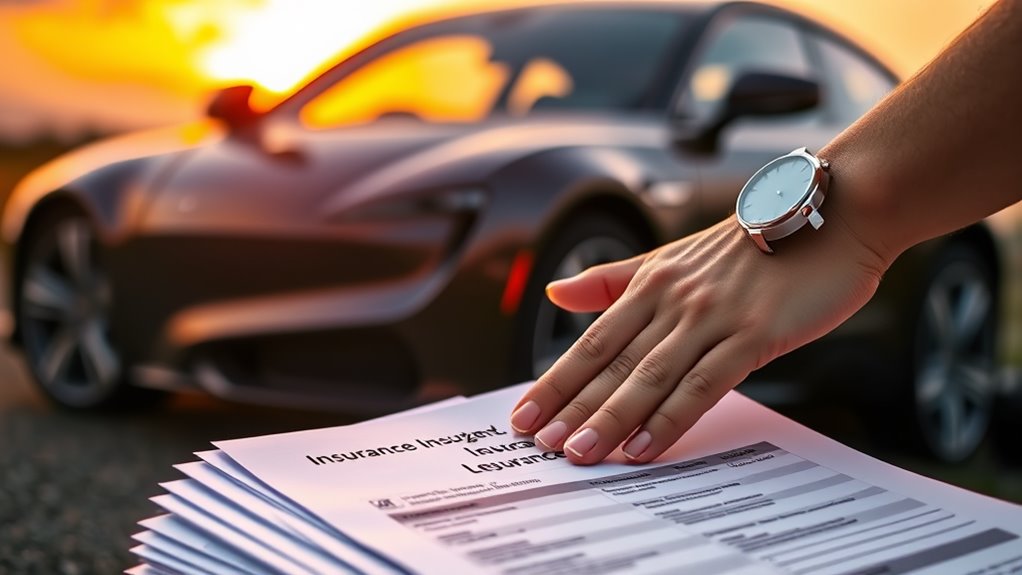What Influences SR22 Coverage Length?
When it comes to SR22 coverage length, several factors come into play. Your driving record, the severity of your offenses, and the specific regulations in your state greatly impact how long you'll need this coverage. For instance, serious violations like DUIs often mean longer requirements. Plus, maintaining continuous insurance is critical; any lapses can reset the timer. Understanding these nuances can help you navigate the complexities of SR22 obligations effectively. What else should you consider?
What does it take to understand the length of SR22 coverage? To grasp this concept, you need to reflect on several essential factors that influence how long you'll need to maintain this specific requirement. Typically, SR22 coverage lasts between one to three years, depending on the nature of your offense and the regulations in your state. Your journey with SR22 starts from the date of the offense that triggered the requirement, making it significant to stay informed about your specific situation.
One of the primary factors affecting the length of SR22 coverage is the severity of the offense that led to the requirement. More serious violations, such as DUI or reckless driving, usually result in longer SR22 periods. Conversely, minor infractions might demand less time under SR22. Additionally, if you accumulate further driving violations while you're already under SR22, this can extend your coverage requirement. Each state has its own laws regarding these durations, so understanding your state's regulations is essential. SR22 coverage duration can vary based on the specifics of your case. Furthermore, non-owner SR-22 insurance can be required if you don't own a vehicle but need to demonstrate financial responsibility.
Maintaining continuous insurance during the SR22 period is another key aspect. If you let your insurance lapse, you'll not only face penalties but also reset the coverage timeline. The DMV monitors your SR22 compliance, and any lapse or cancellation can lead to a suspension of your driving privileges. That's why you must guarantee that your insurance remains active throughout the mandated period. The DMV will verify your SR22 filings for accuracy, and if they find discrepancies or lapses, you risk losing your license.
There are different types of SR22 insurance, including Owner SR22, Non-Owner SR22, and Owner/Operator SR22. Each serves different driving scenarios, but all require you to maintain the state-mandated minimum liability insurance. Understanding these distinctions can help you choose the right type of SR22 that fits your circumstances, further influencing your compliance journey.
Another significant element is your history of driving infractions. If you have multiple past infractions, you may find yourself under SR22 for a more extended period compared to someone with a clean record. The frequency of your past violations can weigh heavily on how long you'll need to adhere to these requirements. Therefore, a clean driving history can ultimately expedite the return to standard insurance rates once the SR22 period concludes.
Once you fulfill the SR22 requirement, you can revert back to regular auto insurance, often enjoying lower premiums due to your improved driving history. Completing the SR22 requirement signifies a milestone in your driving record, moving you toward better insurance terms.
Conclusion
In conclusion, the length of your SR22 coverage hinges on the severity of your driving offenses and state regulations. Remember, "an ounce of prevention is worth a pound of cure." Maintaining continuous insurance and keeping your driving record clean can greatly shorten this period. By understanding the factors at play, you can navigate your SR22 requirements more effectively and work towards returning to standard insurance rates sooner. Stay informed and proactive to safeguard your driving future.

